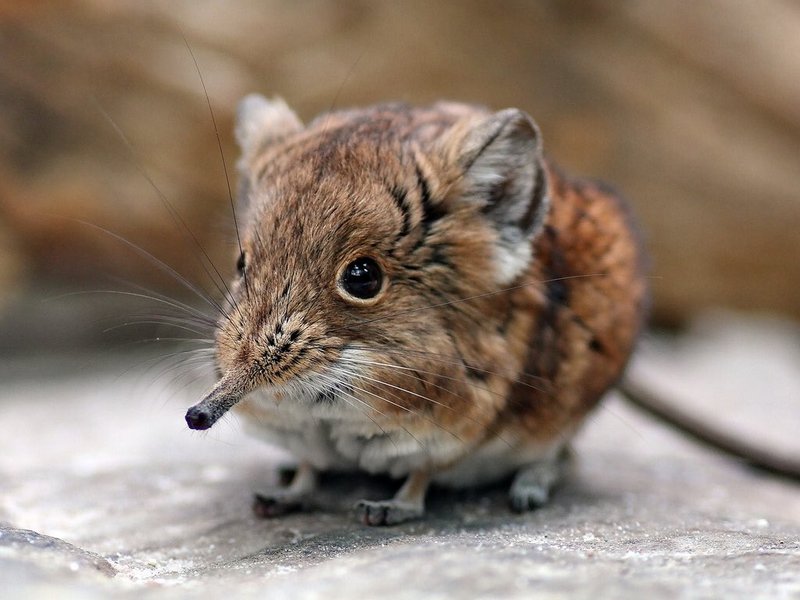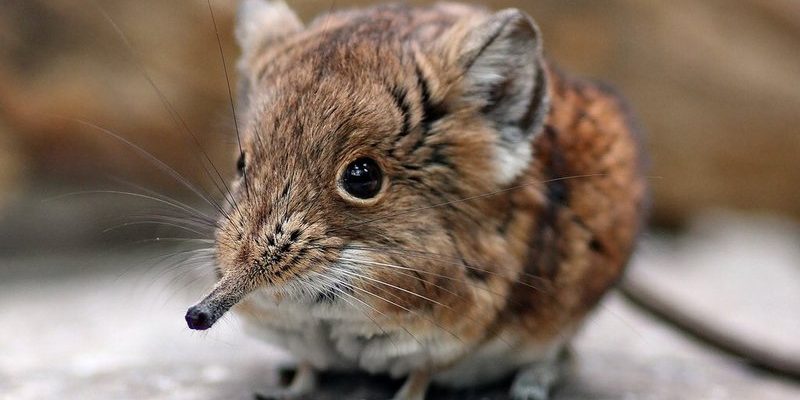
In many cultures, the shrew’s characteristics are woven into tales that often teach lessons or reflect societal values. Think of them as the overlooked heroes or cautionary figures. From ancient mythologies to contemporary literature, the portrayal of shrews can reveal a lot about cultural attitudes toward nature and the traits we admire or fear. So, let’s dive into how these little creatures have left their mark on our collective imagination.
The Shrew in Folklore: A Complex Symbol
Folklore is rich with tales of shrews that illustrate various human traits. In many cultures, shrews are depicted as cunning and resourceful. For instance, consider the stories from European folklore where the shrew often outsmarts larger animals. This cleverness is a trait celebrated in many cultures, showing that brain often beats brawn. In these tales, the shrew symbolizes the idea that even the smallest or weakest can succeed through wit and intelligence.
On the flip side, shrews are sometimes portrayed as aggressive or unpleasant. In some English folklore, a “shrew” refers to an ill-tempered woman. This stereotype gives rise to negative associations with the animal itself, suggesting that being “shrewish” is something to avoid. However, this representation sparks conversations surrounding gender roles and how society views strong women. The contrast in these stories speaks volumes about cultural beliefs and the complex ways we interpret animal behavior.
The Little Beast with Big Lessons
Stories involving shrews often come with moral lessons. In one tale, a clever shrew tricks a group of larger animals to gain food or shelter. This not only entertains but teaches about the importance of cunning over brute strength. It’s a classic underdog story where perseverance and intelligence shine through, encouraging listeners to embrace their unique strengths, no matter how small.
These narratives can be seen as a reflection of human society as well. For example, they highlight how intelligence and resourcefulness can help individuals thrive in competitive environments. When shrews outsmart their opponents in tales, it’s like a gentle nudge to appreciate the value of quick thinking and clever planning in our own lives.
Shrews in Literature: Characters with Depth
Shrews have found their place in literature, too. Perhaps the most famous example is “The Taming of the Shrew” by William Shakespeare. In this play, the term “shrew” is used to describe a strong-willed character, Katharina. Shakespeare’s work challenges the typical negative connotations associated with being a shrew, asking audiences to question societal norms regarding women’s behavior. Katharina’s transformation throughout the play offers a deeper exploration of relationships, power dynamics, and the complexities of human character.
Other literary works also capture the essence of shrews in various roles. For example, they can be found in children’s tales, serving as characters that teach valuable lessons about overcoming obstacles. These representations build a bridge between the natural world and human experience, helping readers relate to animal behavior in ways that resonate with their lives.
Modern Interpretations: Shrews in Pop Culture
In recent years, shrews have continued to appear in various forms of pop culture—from animated films to video games. Their characteristics often embellish their roles as quirky sidekicks or clever tricksters. In these portrayals, shrews may be small but they always pack a punch with their personality, charm, and intelligence. This modern depiction often reinforces the idea that even the smallest creatures can have the biggest impact, echoing the lessons of folklore and literature.
You might also find shrews in documentaries and nature programs that showcase their fascinating behaviors. These representations help bridge the gap between reality and cultural understanding, allowing people to appreciate the complexity of these animals while reflecting on the stories we share about them.
Shrew Symbolism Across Cultures
Different cultures have unique interpretations of what shrews symbolize. In some Indigenous cultures, shrews are associated with wisdom and adaptability. They represent the importance of being resourceful and learning to navigate a world filled with challenges. This symbolism is a powerful reminder that sometimes, the smallest creatures can offer the biggest insights into how to thrive.
Contrastingly, in certain European traditions, shrews are often linked to negative qualities, such as being deceitful or troublesome. These mixed representations underscore the way human societies reflect their values and fears onto animals. It shows how interpretations can vary widely based on cultural beliefs, experiences, and attitudes.
Environmental Reflections: What Shrews Teach Us
Shrews play an essential ecological role, serving as pest control by eating insects and pests. In recognizing their contribution to the ecosystem, cultures learn to appreciate even the smallest creatures. This connection to the environment emphasizes the balance of nature and how every living being, no matter how small, contributes to a larger system.
This ecological perspective can shift the negative representations of shrews toward a more positive light. When viewed through the lens of their role in maintaining ecological balance, shrews become symbols of resilience and adaptability, teaching us to respect and protect our natural world.
Through folklore, literature, and modern interpretations, shrews have carved out a unique niche in culture. Their representation varies widely—from clever tricksters to misunderstood creatures—reflecting our complex relationship with them. Whether they’re teaching us about intelligence, resilience, or the importance of every creature in the ecosystem, shrews remind us that small things often carry significant weight.
As we continue to tell stories about these fascinating animals, we honor their place in our culture and the environment. So, next time you come across a shrew, think not just of its size but also of its rich history in our shared narratives. After all, there’s more to these little mammals than meets the eye.

